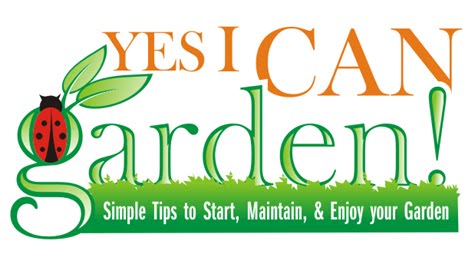
Wherever you live—whether in an urban or suburban area, or a more rural location—you might want to consider joining a community garden initiative. In addition to the companionship and the shared interests, fellow gardeners can give you great advice, as well as share resources. Someone may very well offer to water for you, if you are out of town for a weekend, or even for a few weeks during the peak summer months. One of my favourite gardening experiences was tending two plots at a community garden set up on some vacant land near the apartment building where we once lived. In addition to the shared tools and the lush and inspiring surroundings, many of the other gardeners had tips for us. Since we were just starting out, we loved the community garden for the practical examples we could learn from. If we weren’t quite sure how to discourage slugs, or how far back to prune, or how to set up a net or trellis for the peas to cling to, there certainly would be someone at the garden to share a few ideas with us. Also, at harvest time, there is usually extra bounty to go around, so that you get the bonus of fresh fruit and vegetables in season, without having to do all the work yourself.
A community garden is of course usually larger than what most of us could manage alone, and in many areas, community garden plots make use of neglected or formerly abandoned land, so that the presence of the garden is often, in and of itself, a gift back to the community. At our community garden, the area was surrounded by tall apartment buildings. For some reason one large block had not been built up, and this is where the garden had been thriving, for decades already, by the time we joined. The garden attracted small creatures—squirrels, and birds, and insects—and several trees had been planted near benches, which were appreciated by people who lived nearby, who came to read or just to sit and relax. The benches were also appreciated by the gardeners themselves, who sometimes needed a short break from all that kneeling and digging! Some garden initiatives aim to give back to the community in an additional way, by donating some of the harvest to local soup kitchens.
One thing to be aware of when starting a garden on an abandoned site, or on land that was once put to industrial use, is that sometimes residual materials and chemicals can still be present in the earth. If you have any doubts, have a sample of the earth checked , so that you can feel safe eating the foods grown on that plot of land.

No comments:
Post a Comment